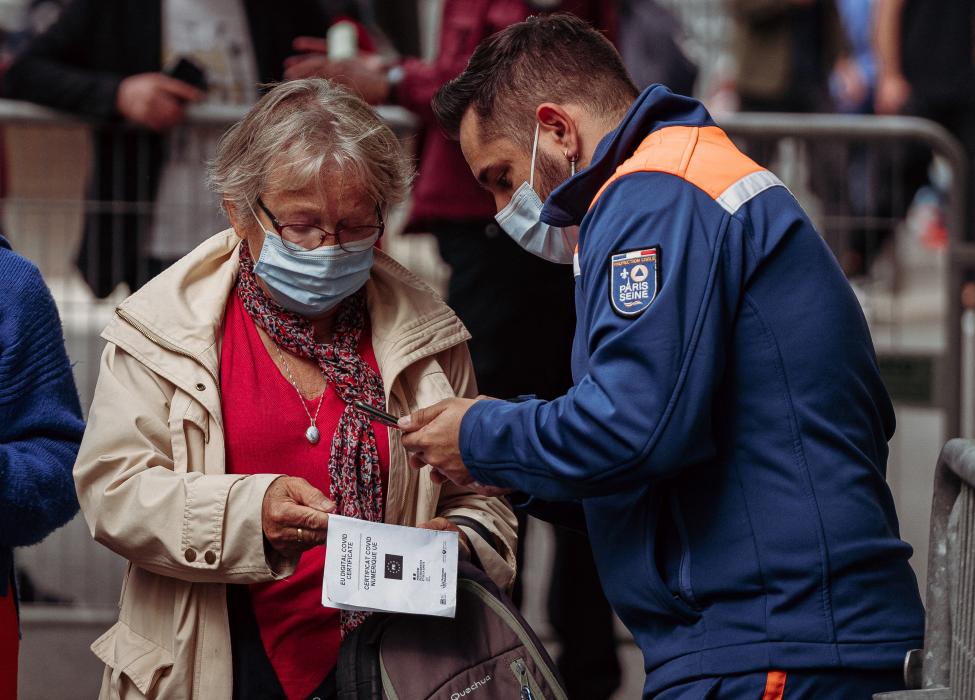
As we approach two years of pandemic, the Oxford COVID-19 Government Response Tracker is rolling out a new system to capture the policies that apply to vaccinated and non-vaccinated people separately, as well as a new indicator monitoring vaccine mandates.
Vaccines have transformed the world of pandemic policy, emerging at the end of 2020 and then being distributed throughout 2021. In those countries able to access vaccines (vaccine equity is still an issue), governments have concentrated their efforts in increasing vaccine coverage among their population. In many cases this has included restrictions targeting unvaccinated people specifically; in some cases governments have introduced mandates requiring certain groups of people, and sometimes the whole population, to get vaccinated.
As a result of this substantial change in the policy landscape, the Oxford COVID-19 Government Response Tracker is now going to collect the following data:
Track separate policies for vaccinated and non-vaccinated. We will now report two policy values if there are different rules for vaccinated and non-vaccinated people (for example, the need for a vaccine pass to visit a restaurant or a large sporting event). Therefore, there are now 10 indicators with differentiated vaccination policy coding (C1, C2, C3, C4, C5, C6, C7, C8, H6 and H8 indicators). As of today, the differentiated data is available as a .csv dating from 1 January 2022 to present. The team are working retrospectively so that we will soon have the full picture for 2021.
Track vaccine mandates. We’ve also seen a number of mandates requiring certain groups of people (for example, healthcare workers or teachers) to get vaccinated or, in some places, all adults. We will now be adding these as a new indicator (V4) which records mandatory, non-optional vaccination by category as part of our vaccine indicators.
The team at the Oxford COVID-19 Government Response Tracker have written a detailed Voices post which explains the changes, and how the Stringency Index and other indices will reflect these changes. The article also summarises the main trends as well as some more technical information for data users.
We are working retrospectively and changes are still being applied to the whole of our database. We are very grateful to hundreds of committed volunteers from all around the world who allow the Oxford COVID-19 Government Response Tracker to respond and adapt quickly to this ever-changing policy landscape.
Please join our event to mark the second birthday of the Oxford COVID-19 Government Response Tracker on 22 March and hear from the team about what we have learned and what's to come.



